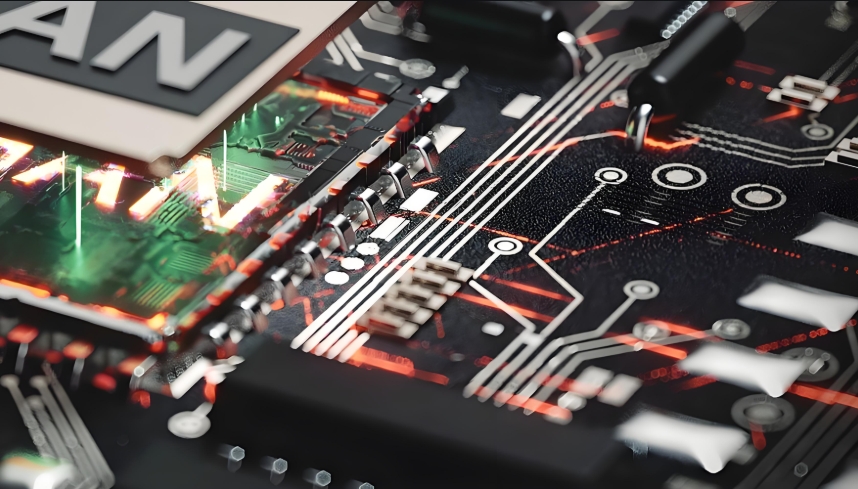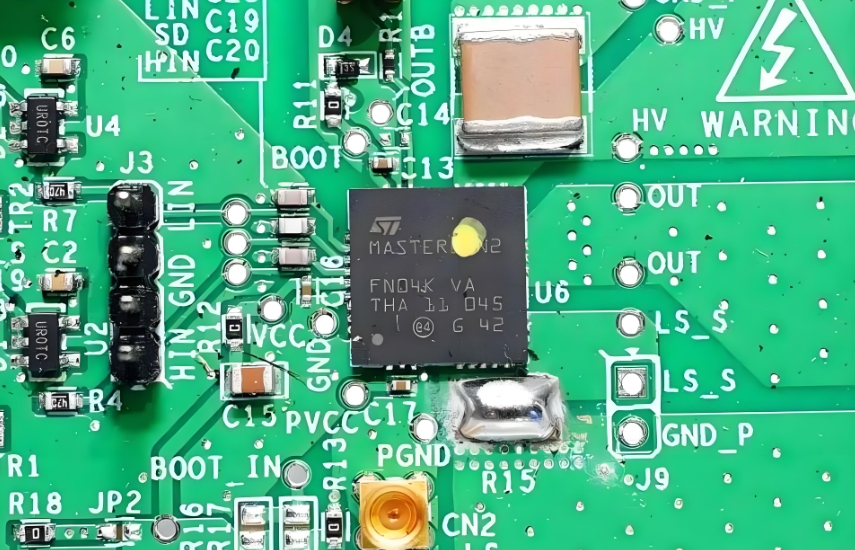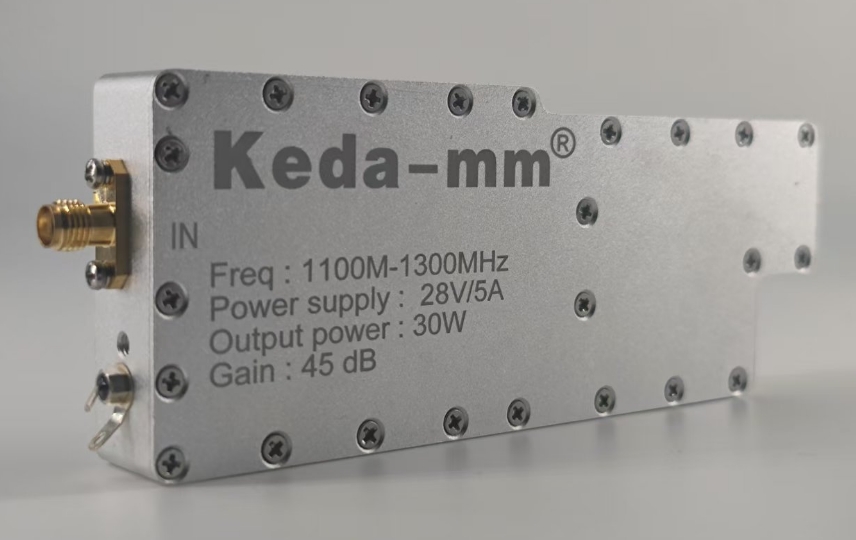
Welcome! Unlock Your First Offer Here

Welcome! Unlock Your First Offer Here

Welcome! Unlock Your First Offer Here
China's top anti-drone jammer manufacturer

Why are GaN chips suddenly everywhere in anti-drone systems? Because they’re small, powerful, and built to handle the extremes—exactly what modern counter-UAV tech demands. After working on multiple drone defense deployments, I’ve seen firsthand how Gallium Nitride (GaN) semiconductors are reshaping how we jam, disrupt, and control rogue UAVs. Let’s break down the top 10 reasons why GaN is the game-changer we’ve all been waiting for.

Imagine delivering 20W/cm³—five times more than traditional silicon. That’s what GaN offers. In the field, this means we can pack more punch into a smaller module. One of our recent anti-UAV jamming rigs, equipped with GaN amplifiers, successfully disabled drones 5 kilometers away—something older tech simply couldn’t manage without overheating or bulking up.
Real-world edge: A smaller unit with higher power density gives soldiers and law enforcement more portable, longer-range tools without dragging around a truckload of hardware.
In the 5.8 GHz band—where most drones operate—GaN delivers up to 85% added efficiency. That’s a huge leap in RF power utilization. Less energy lost as heat means longer operational time for battery-powered systems and less need for cooling infrastructure.

My takeaway: When you’re running mobile counter-drone units on limited power, GaN helps every watt count.
GaN thrives where silicon fails. Thanks to its wide bandgap, it handles higher voltages, higher temperatures, and higher frequencies with ease. This makes GaN-based systems ideal for battlefield conditions, industrial zones, or high-altitude bases where electromagnetic chaos is the norm.
Use-case insight: At a mountain base above 3,000 m in Tibet, we needed gear that wouldn’t die in the cold or drop under voltage stress. GaN passed with flying colors.
Drones move fast—and GaN moves faster. With high-speed switching and minimal loss at high frequencies, GaN-based anti-UAV modules can process signals faster and with more clarity, improving both detection and targeting.
Added bonus: We can shrink the size of passive components, such as keda anti-drone module, which keeps the overall footprint compact.
Using smart algorithms and GaN-based RF amplifiers, systems can dynamically adjust their power based on drone distance or electromagnetic conditions. This is critical in warfare. For example, during an India-Pakistan border exercise, our unit faced active jamming from EW aircraft. The GaN module adapted output levels on the fly and maintained function without overheating or losing lock.

Bottom line: GaN isn’t just strong—it’s smart.
With GaN, we’ve pushed interference distances from hundreds of meters to multiple kilometers. By boosting output power into the hundreds of watts, a single module now covers triple the area compared to older silicon-based systems.
Tactical impact: One unit now defends an entire military base perimeter without requiring daisy-chained boosters.
Let’s face it—power generates heat. But GaN chips like Infineon’s CoolGaN, with surface-mounted packaging, dissipate heat much better than traditional designs. That means more reliable performance during extended missions and far fewer thermal shutdowns.
What I’ve seen: In desert deployments where the sun bakes hardware all day, GaN gear kept running while legacy systems needed fans, shade, and prayer.
Thanks to high power density and fewer cooling requirements, GaN-powered modules are significantly lighter and smaller. That’s critical for drone hunters on the move, especially in urban SWAT or emergency scenarios.

Scenario: A 12kg backpack jammer we tested last year got trimmed down to 4kg when we switched to GaN. That means more flexibility for foot patrols and UAV-mounted jammers.
GaN’s design enables robust gate control and resistance to misfiring caused by noise. With stable gate voltage and integrated electrical isolation, the chips are solid under both hard and soft switching. They’re reliable, and reliability is what keeps teams safe in unpredictable scenarios.
Operational benefit: Less downtime. Fewer field replacements. More mission confidence.
GaN switches, drivers, and amplifiers can all live on the same substrate. That opens the door for integrated solutions combining radar, RF, and even optical modules into a single compact unit.
We tried this: Our prototype unit integrated RF jamming with visual tracking and even a small LiDAR sensor. It fit in a car trunk—and worked across three drone classes.
After testing nearly every RF module on the market, I can confidently say that GaN chips are not just better—they’re redefining what’s possible in anti-drone warfare. Whether you’re designing perimeter defense, mobile jamming tools, or airborne interception modules, GaN offers the trifecta: power, reliability, and efficiency.

If you’re still relying on legacy silicon modules for counter-UAV operations, you’re already behind.
Ready to upgrade or looking for a tailored system design? I’d be happy to share real-world reference builds and performance metrics. Just ask.